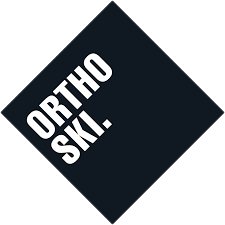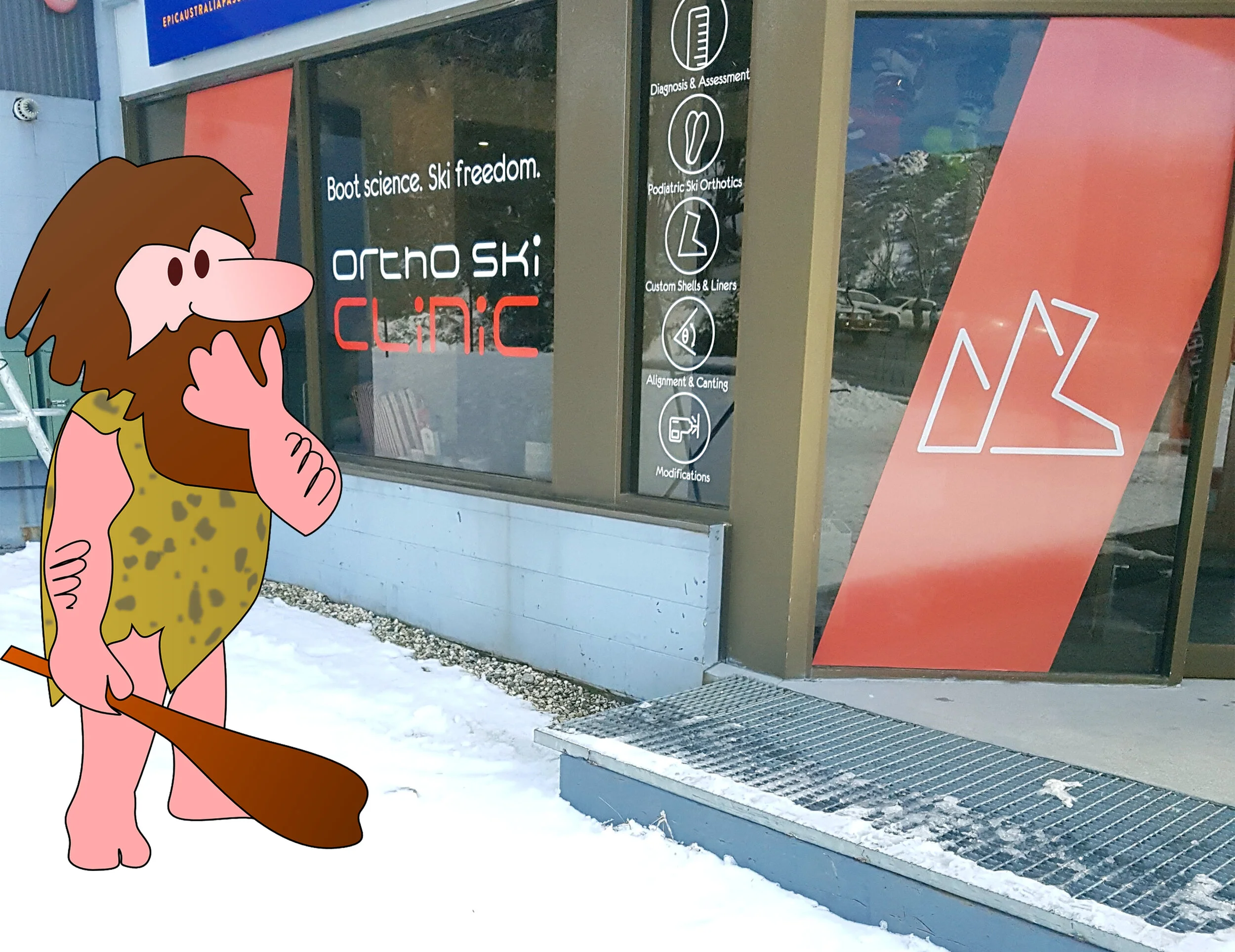Why cavemen never skied
As we’ve evolved over the millennia, humans are asking their bodies to do far more than they ever have. Gymnastics, ballet, unicycle hockey, chess boxing and bobsleigh (where your bones don’t break “they shatter”) to name a few.
It’s important to remember that skiing and ski boots, are not a natural environment for the foot. Nor is it a natural activity or position for your body to be in – humans did not evolve to go skiing and so we need that extra support. Hence the need for a honking, great, stiff, plastic boot to connect skier to the ski – something cave men certainly didn’t have access to.
Skiing recruits the extended use of different muscle groups that everyday life does not. This is why after lunch your muscles can feel depleted, fatigued and another hot chocolate on the couch is far more appealing. Technique and fitness come into play in this, but boots also have a huge impact on your stance on your skis and whether the correct muscles are activating.
So often people confuse the role of the boot and the ski. The choice of boot for a skier or boarder is influenced far more by biomechanics and enthusiasm levels (your boot can’t tell how good the technique is, but it can tell how much energy is being pushed into it) than the type of skiing they're going to be doing (moguls, groomers, powder etc). Ski choice is far more dependent on the snow conditions and where the skiing will be done. So, it’s a good idea to let someone who knows biomechanics fit you ski or snowboard boot or introduce you to the perfect match, as it were.
Do you wear orthotics in everyday or sports shoes? These are made for the forces that go through your foot when you walk and run. Dial it up to doing 60km/hr or more on skis and those forces are exponentially increased and acting upon the foot in a vastly different way. This is not what the foot was designed to do! That foot needs some serious support.
A ski podiatrist (yep we created the title, because what better way to describe the role?) is also the best person to see when there are some of the more serious niggles like a Moreton’s neuroma, plantar fasciitis, excessive pronation or circulation issues. The management of these in a ski boot is often more effective than in a regular shoe.
Pain from boot or body issue can sometimes be difficult to determine from the initial assessment. A recent client wasn’t sure if their boot pain was caused by a previous leg injury and subsequent muscle issues, or if the boot was unsuitable to their body and biomechanics. A few quick functional muscle tests and it was clear it wasn’t the body it was the boot. Fast, simple and effective. Move on.
It’s also worth seeing a ski podiatrist if you are coming back from injury to ensure your ski or snowboard equipment is correctly aligned and not going to exacerbate any underlying issues. Or if you have issues that have never quite been figured out. Or you just want to get ski boots fitted right. Without the macho posturing.

